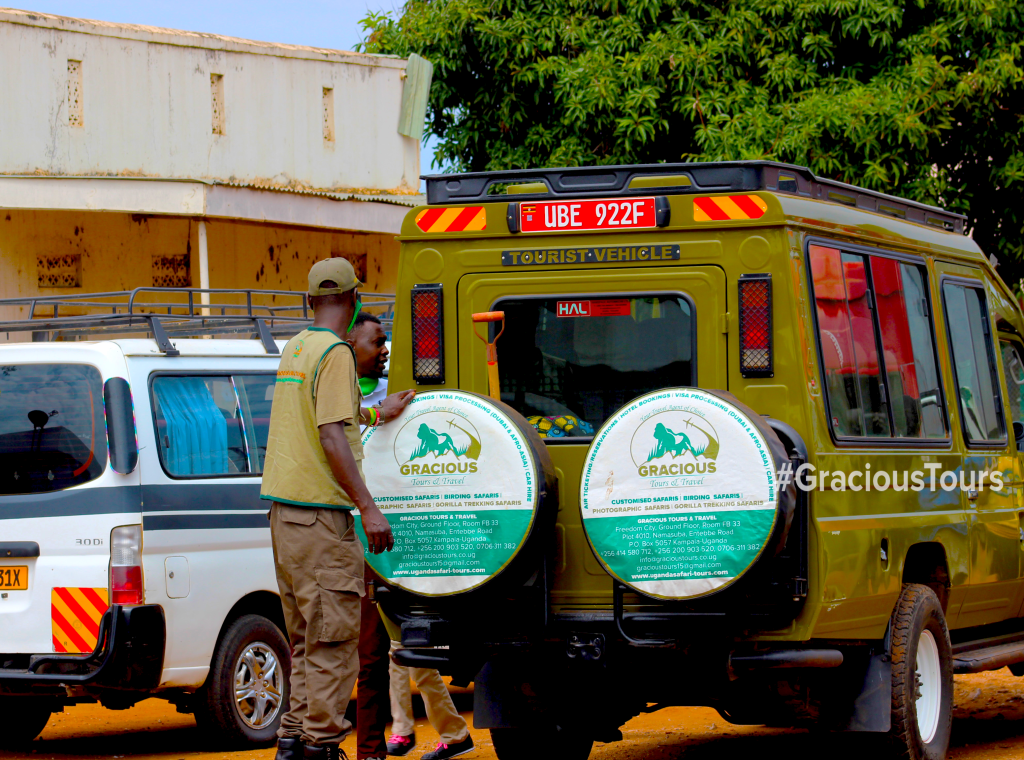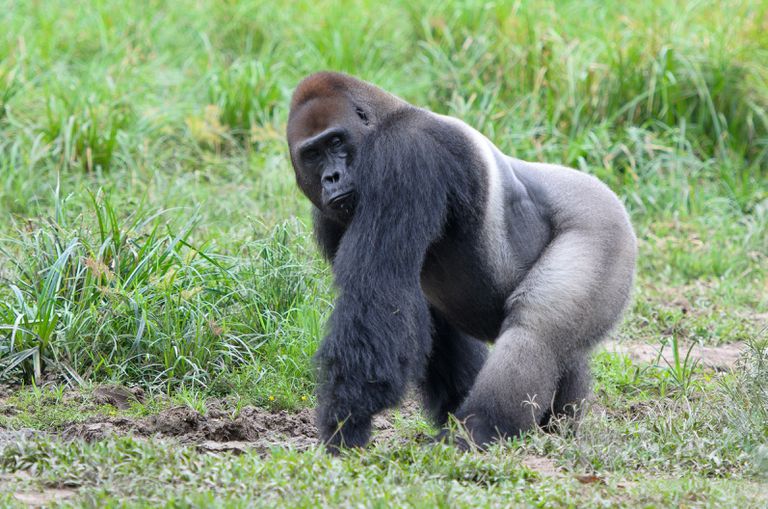CULTURAL DRESSING IN UGANDA.
Culture is something Ugandans have held close to the heart despite the fact that there has been a lot of modernization going on . The reason as to why Ugandans cherish their culture is because it gives them a sense of belonging . People and their culture are inseparable.
The different prominent cultures in Uganda and their dressing .

Central and eastern region cultural dressing tours in Uganda
The Baganda dominate the central region. A tribe belonging to the Bantu group, forming the Buganda Kingdom. With over 17% of the total population of the country. The Buganda monarchy presents one of the best documentations of kingship in Uganda. With its highest local leader as the Kabaka. There are tribes in the eastern region like basoga and Bagisu and most of them share the same cultural dressing.
They are all renowned for their distinct ceremonial occasions. Organized for observance, commemoration, inauguration, initiation, remembrance or fulfillment of cultural rituals and norms. Some of the common (highly recognized) ceremonies in Buganda and Basoga include; the initiation of twins (okwalula abalongo), the introduction (okwanjula) and last funeral rite (okwabya olumbe). These cultural outfits are usually put on during traditional ceremonies. Such as introduction parties, giveaways, coronation ceremonies, burial ceremonies among others and they include;
Kanzu: This masculine outfit looks similar to a tunic and the white or cream fabric compose the outfit. Silk, cotton, poplin, or linen make it up. Linen kanzus are the most expensive. The Kanzu unlike other specific attires cuts across several tribes and almost all Ugandan men wear it during cultural functions. The Kanzu has a make of a dress. Men usually wear trousers beneath it plus a coat over their shoulders to match with it. However, it’s important to know that the traditional Kanzu is different from that worn by Muslim men. The main difference lies in their designs.
Gomesi /Busuuti;
this is the traditional dress for Baganda and Basoga women. It is believed that this dress existed way back before missionaries and Indians arrived in Uganda. The first Gomesi was a make of backcloth however today they come in materials such as silk, cotton and other fabrics. It’s a long dress that sweeps the ground with pointed outstanding, triangular-shoulder pads and square neck. It has a large mass of clothing falling on one side around the hip area. A Gomesi is not a single piece of clothing. But rather one that is accompanied with several garments to make it whole like the Kikoyi. Which is an undergarment that people wear to add weight. There’s also the belt that they tie in a bow-form around the waist to hold the dress and all other internal accessories together.
Grass skirts: The Basoga and Baganda wear these when performing their traditional dances. They look like a string of blades of grass sewn together to create a skirt. These skirts are composed of dried elephant and palm grass that is at times painted with different colors to make it look more beautiful. The skirts are won when performing the traditional kiganda and kisoga dances usually meant to emphasize the rhythm of their bodies.
Kikoyi:This is a stripped, multi-colored piece of cloth that has cultural attachment to several tribes. One clear observation however that is even amidst the stripes, red is the most pronounced color. The most common Kikoyi-design has hanging threads of its material at the side of the cloth. Some people believe that the threads are to guide a person on how to wear it. The Kikoyi has several importance which include; acting as the skirt for the suuti, and providing shape of the gomesi.
Western Uganda cultural dressing tours in Uganda
Western Uganda is made up of a couple of tribes but mostly the Banyankole ,Batooro ,Banyoro and many more and they have similar cultural dressing .
The male Banyankole herdsmen dress like the Masai men. They prefer Multi-colored wrappers during the hot season for easiness and splendor. Usually, they crown their herding attire with a straw hat. Younger men, however, prefer toupees. During the rainy season the dress code changes to something warmer and a pair of jeans might grace the savannah grazing lands more commonly nowadays than in the past because they are more comfortable and they also take the cultural outfits to be for special occasions.
The Bahima ladies have a more elaborate dress code. Their dress code mainly consists of Kitambi, Eshuka and Omwenda (traditional clothes including an African version of the Indian sari and a mantle thrown over the ladies’ shoulders).
Unlike the men, whose outfit covers the major areas, the ladies’ dresses are extravagant enough to cover the whole body including the toes.

For some of the Batooro men, they clad in kanzu while the women are beautifully clad in the suuka. The suuka is the official traditional wear of every Mutooro woman. That is meant to give them a sense of belonging while preserving their culture. Like many other Ugandan traditional dresses, the Suuka consists of more than 2 pieces of attires. It consists of three pieces; the material which is wrapped around the shoulders usually two and a half metres long, the dress which is usually up to knee length and the kitambi which is wrapped around the waist and runs down to the feet.
To accessorize the suuka you will need to add nice African jewellery since it is a traditional outfit. The suuka is mostly worn on occasions like weddings, introduction and giveaway ceremonies, and baptism or as a church attire.
Northern Uganda cultural dressing tour
The Nilotics, who came from the north, include the Lango, Acholi, Alur, Padhola, Lulya and Jonam. The Nilo Hamites include the Teso, Karamojong, Kumam, Kakwa, Sebei, Pokot, Labwor and Tepeth, and the Sudanics include the Lugbara, Madi and Lendu. Most of these tribes put on similar cultural clothes to the Baganda.
Unlike the Karamojongs and the Masai’s have some similarities in the wear. Young Karamojong men wrap the coloured squared sheet around their waist and then pair it with a vest called eplan, these are usually with bright colors. The older men, tie the colored sheet that can also be called a ‘Lesu’ across their bodies over the shoulders. The lesu in Uganda can go for 20,000. The dress code isn’t complete unless complimented with a stick called ebela and a stool known as ekicholong. The stick symbolizes their main economic activity of pastoralism and stool for resting when tired. They also wear shoes as sandals made from car tyres. These they call ngatangai.
The Karamojong as mentioned by people are the mostly visited culture on Your Cultural dressing Safari in Uganda after the Batwa People in Bwindi Impenetrable National Forest.
Women’s outfit is a bit detailed its sewn with hides or Pleats and decorated with beads to make it attractive. Outfit they call it abwo. However they mostly wear the skirt from hides. These they pair with a vest similar that worn by the men. Though today they would still mimick these outfits but with the current modern bitegi or lesus as called in the local Language.
Amongst the Acholi people of northern Uganda, dance represents a fundamental part of the cultural heritage. The Acholi, a Nilotic Lwo-speaking ethnic group, live predominantly in the central region of northern Uganda, an area collectively referred to as Acholi land . The Acholi love their traditional dances for instance during the Larakaraka dance , they wear ostrich or cock feathers on their heads and carry calabashes in their left hand.
Tips for wearing cultural attire.
Due to the sentimental value attached to different traditional outfits, it’s important to know the do’s and don’ts of wearing one.
Be gracious. One is has to dance magnificently when wearing a gomesi and not try dirty dance-moves like twerking, crank dance and many others. Take it off if you need to dance in that manner.
A Muganda man should let his kanzu in an attempt to stop it from touching the ground, but rather, let it flow peacefully.
Never let the shawl of your Omushanana or Suuti sweep the ground.
Never let your undergarments be visible. Hence, you have to keep checking especially for the case of the Gomesi to make sure you are still intact.
Never alter the traditional design because that changes everything. It ceases to be a Gomesi or Kanzu!
Most of the people in these areas are smart dressers. Despite the midday heat, men commonly wear long sleeves and blazers with occasional neckties. Notwithstanding the muddy or dusty roads, men manage to keep their shoes clean and shiny. Children who go to town are also dressed up.


